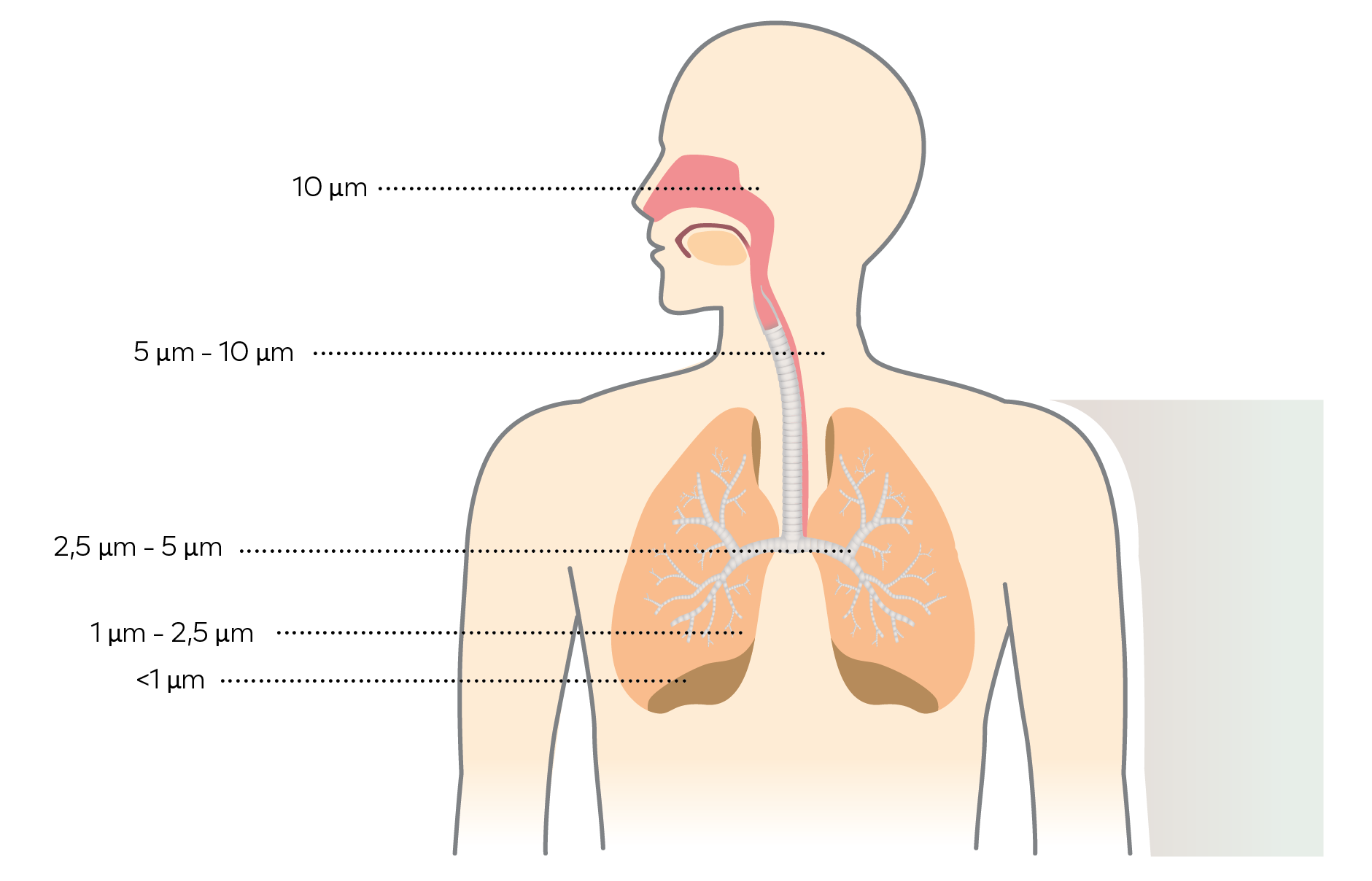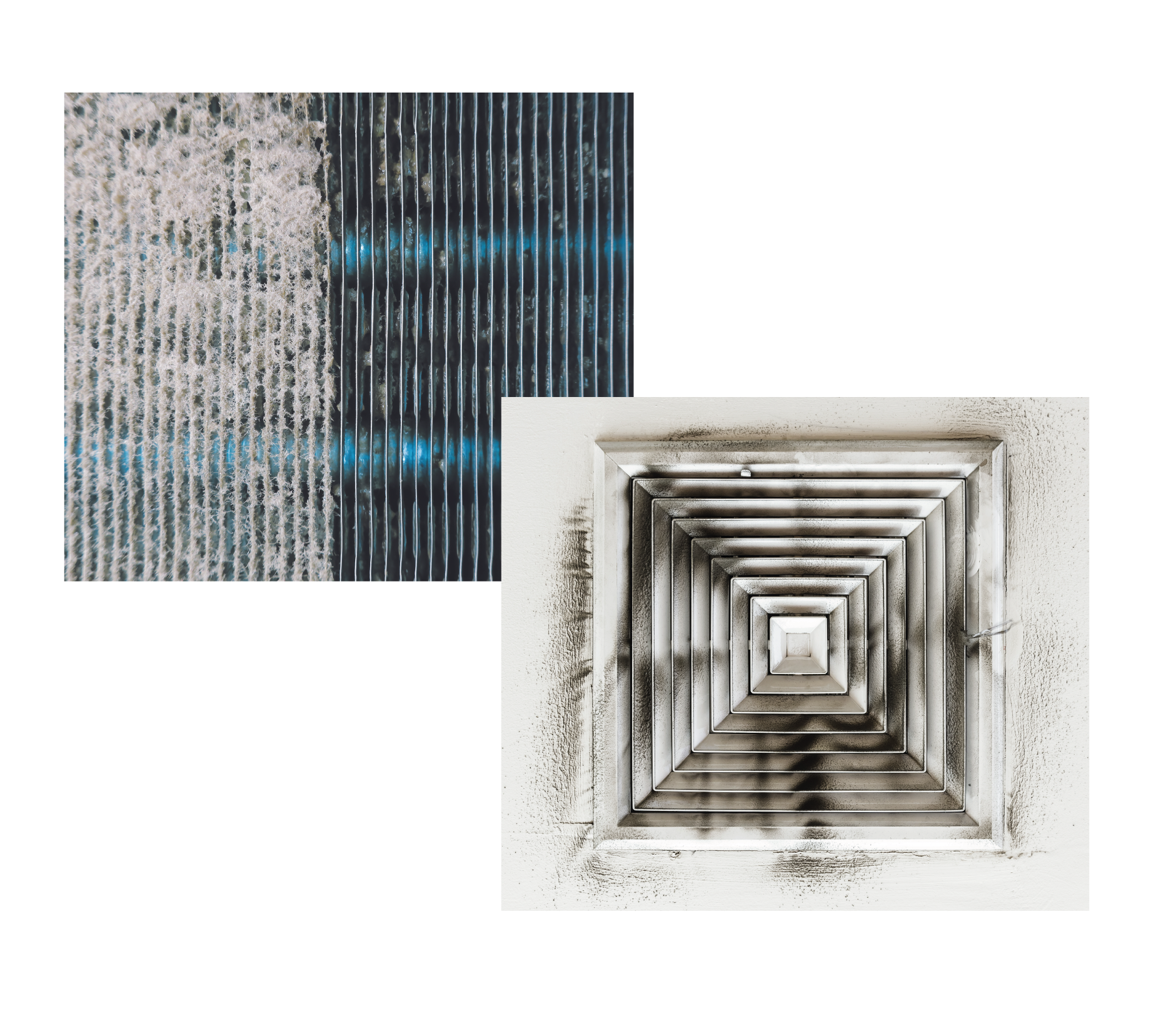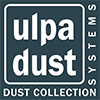The Impact of Particulates on Human Health
Due to increased air pollution, the effects of particulates on human health has begun to be discussed in more detail. The results show that particle matter is a serious health hazard that causes respiratory diseases and cancers. Air filters for general ventilation are widely used in buildings for heating, ventilation and air conditioning applications. Air filters increase the indoor air quality by reducing the particulate matter concentration, thereby protecting human health considerably.
Particles larger than 10 μm in the atmosphere collapse very quickly and they can only hang in the air in strong wind near the source they are leaving. As an exception, some light fibers can stay in the air longer, despite their large diameter. Most particles larger than 10 μm in diameter can be seen with the naked eye in case of proper illumination and contrast. Under normal conditions, the minimum visible particle diameter is 30 μm and above.
Particles ranging in diameter from 5 to 10 μm or larger are separated and trapped by the upper respiratory tract. The intermediate sizes collaps on air channels of the lungs, then swallowed or coughed. Particles ranging in diameter from 2.5 to 5 μm are likely to be retained in human lungs and are returned to the upper respiratory tract without falling into the depths of the lungs. Particles ranging in diameter from 1 to 2.5 μm are retained in the bronchi and pose risks to human health. The particles at 1 μm and below are small enough to interfere with the blood flow from the cell membranes of the alveoli.
The Impact of Particulates on HVAC Equipment
HVAC (Heating, Ventilation, and Air Conditioning) systems are fundamental to maintaining a comfortable and healthy indoor environment. However, airborne contaminants, such as particulates and particle matter (PM), can significantly hinder their performance and energy efficiency, emphasizing the need for effective filtration and maintenance.
Dust Accumulation on the Coil: Over time, particulates can settle on evaporator and condenser coils (often referred to as ‘serpentines’ in some regions). When dust and debris accumulate on these coils, it acts as an insulator, reducing the heat exchange efficiency. This reduced efficiency means the system must work harder and longer to achieve the desired indoor temperature, resulting in higher energy consumption.
Duct Accumulation in the Air Duct: Dust and PM accumulation within ducts not only reduces airflow but also poses a potential health risk. As the HVAC system operates, it can reintroduce these contaminants into the living or working space, compromising the IAQ and posing potential health risks to occupants, especially those with respiratory conditions.
Equipment Lifespan and Wear: When particulates accumulate on critical components, such as fans and motors, they can cause premature wear. This not only reduces the efficiency of the system but can lead to costly repairs or replacements.






